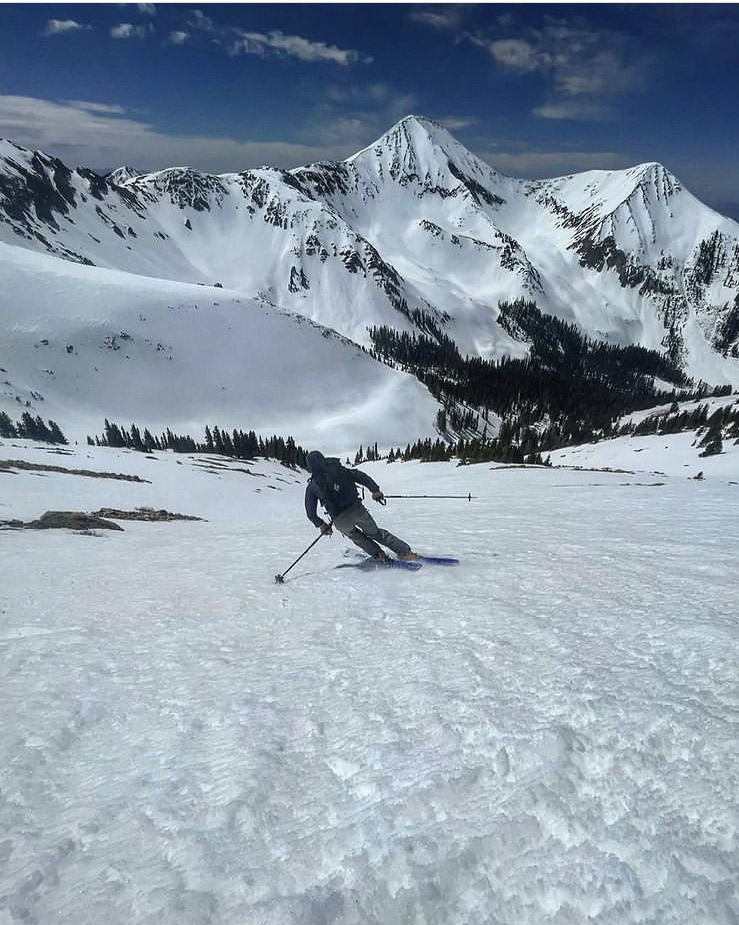We're through issuing regular forecasts for the season but will update through the month with a general conditions report as significant weather conditions dictate. We will also continue to publish current
observations. I would like to give a huge shout out to all who supported operations this season. This includes everyone who regularly used the forecast to stay safe; our local business sponsors Moab Gear Trader, Talking Mountain Yurts, and ROAM Industry; Black Diamond Equipment, Outdoor Research, Voile, and Arva for setting us up with the gear we need to do our job; the Manti-La Sal National Forest for their tremendous support of this program; and last but not least, our great local community and crew of dedicated observers who provide vital information and assistance throughout the season. Thanks everyone, see you next winter!
Get real-time weather data from these links:



